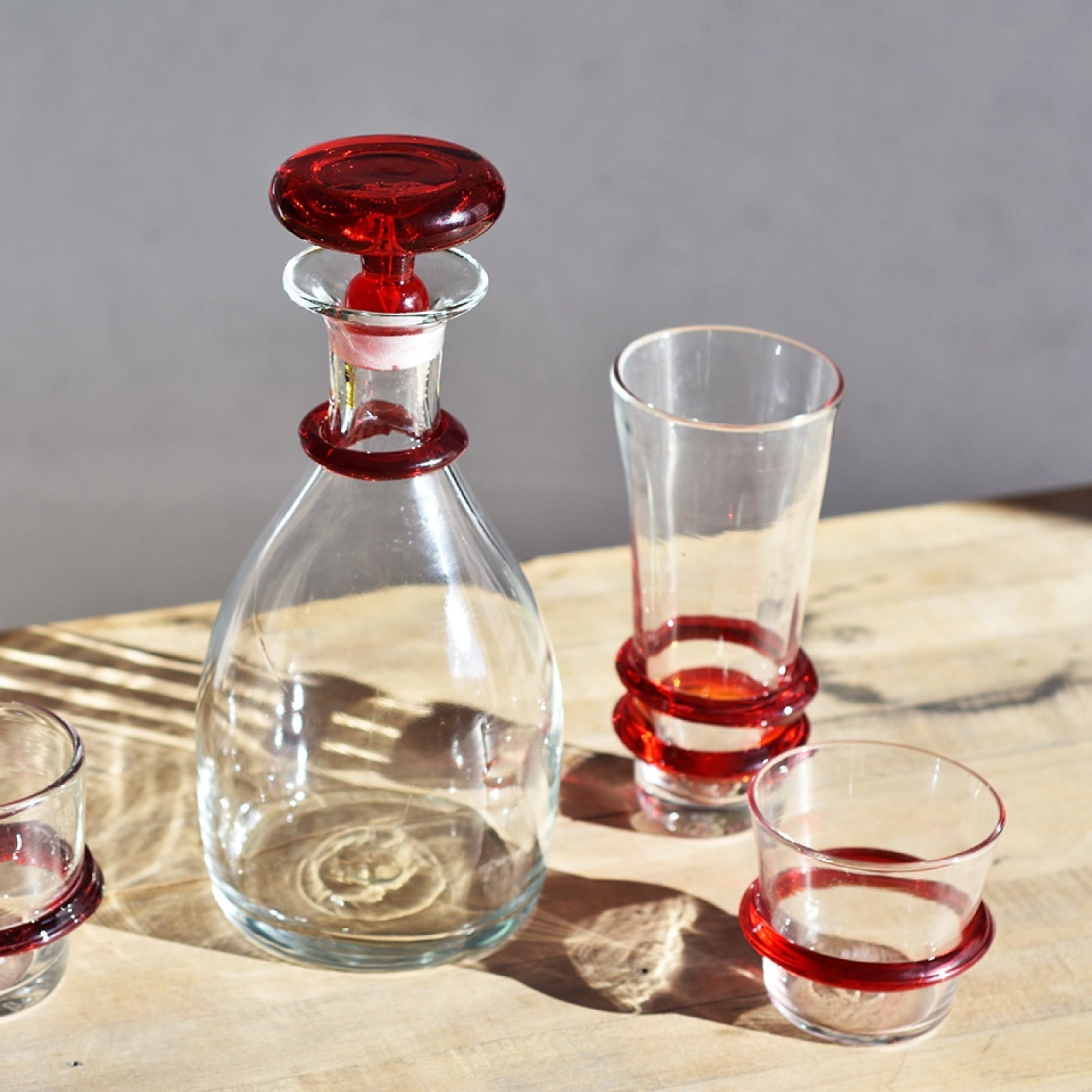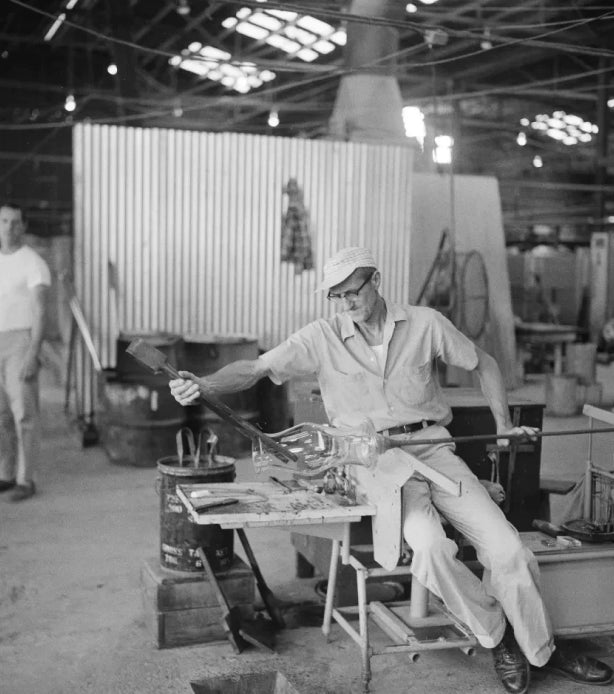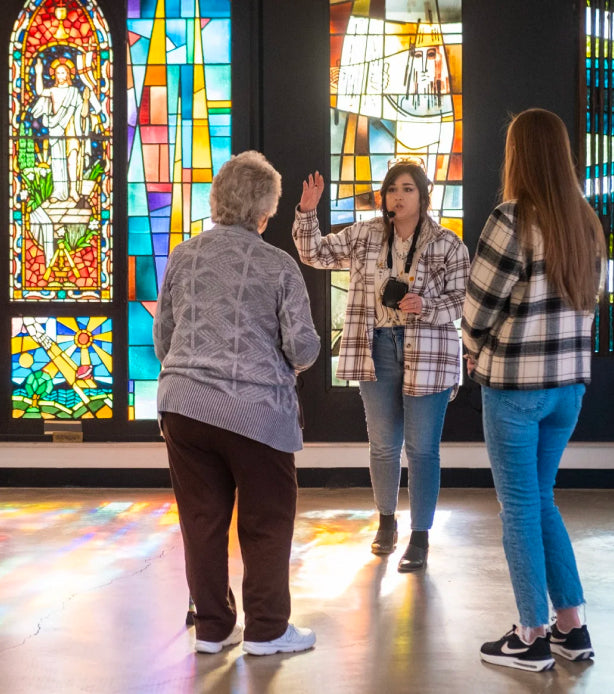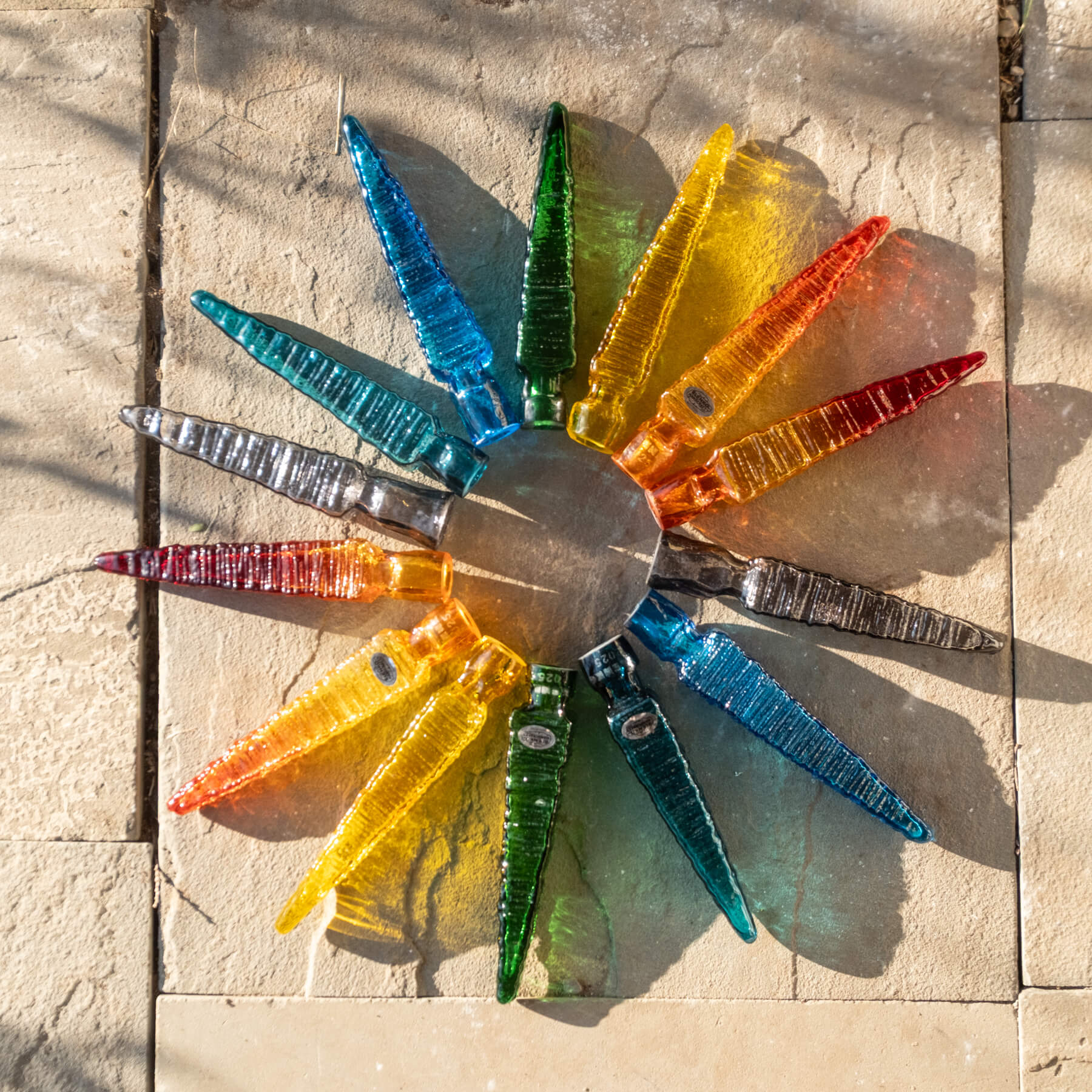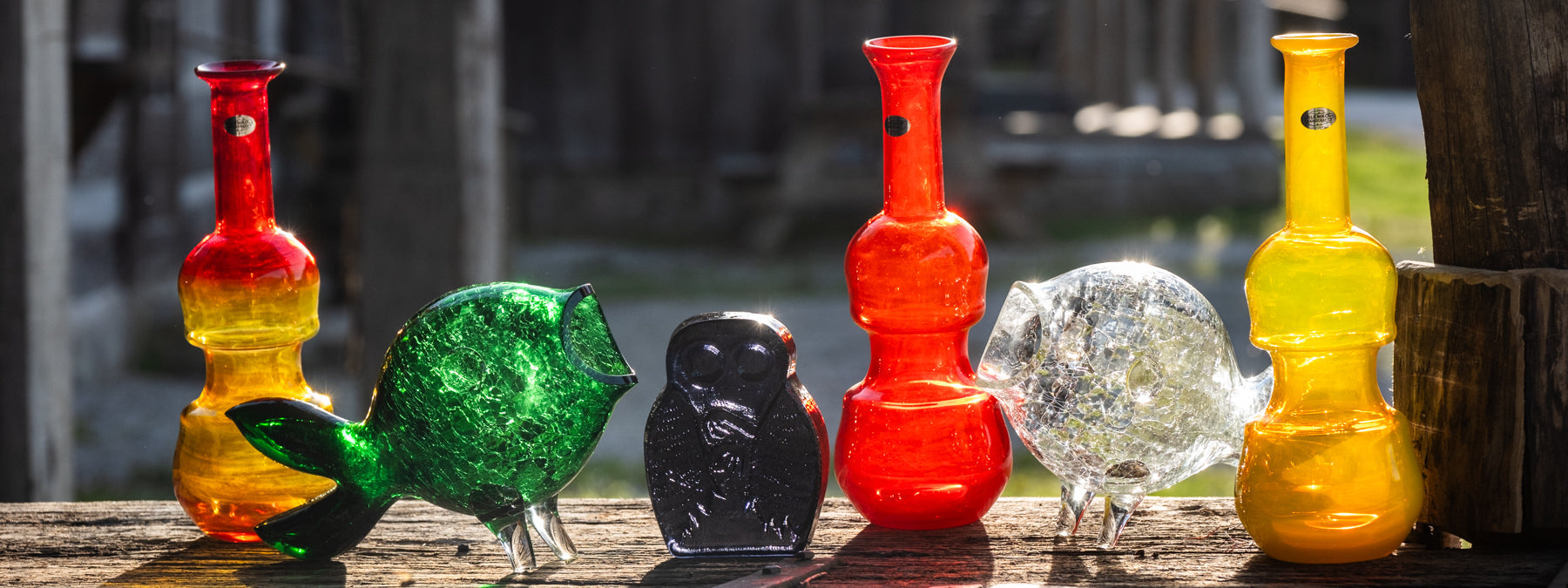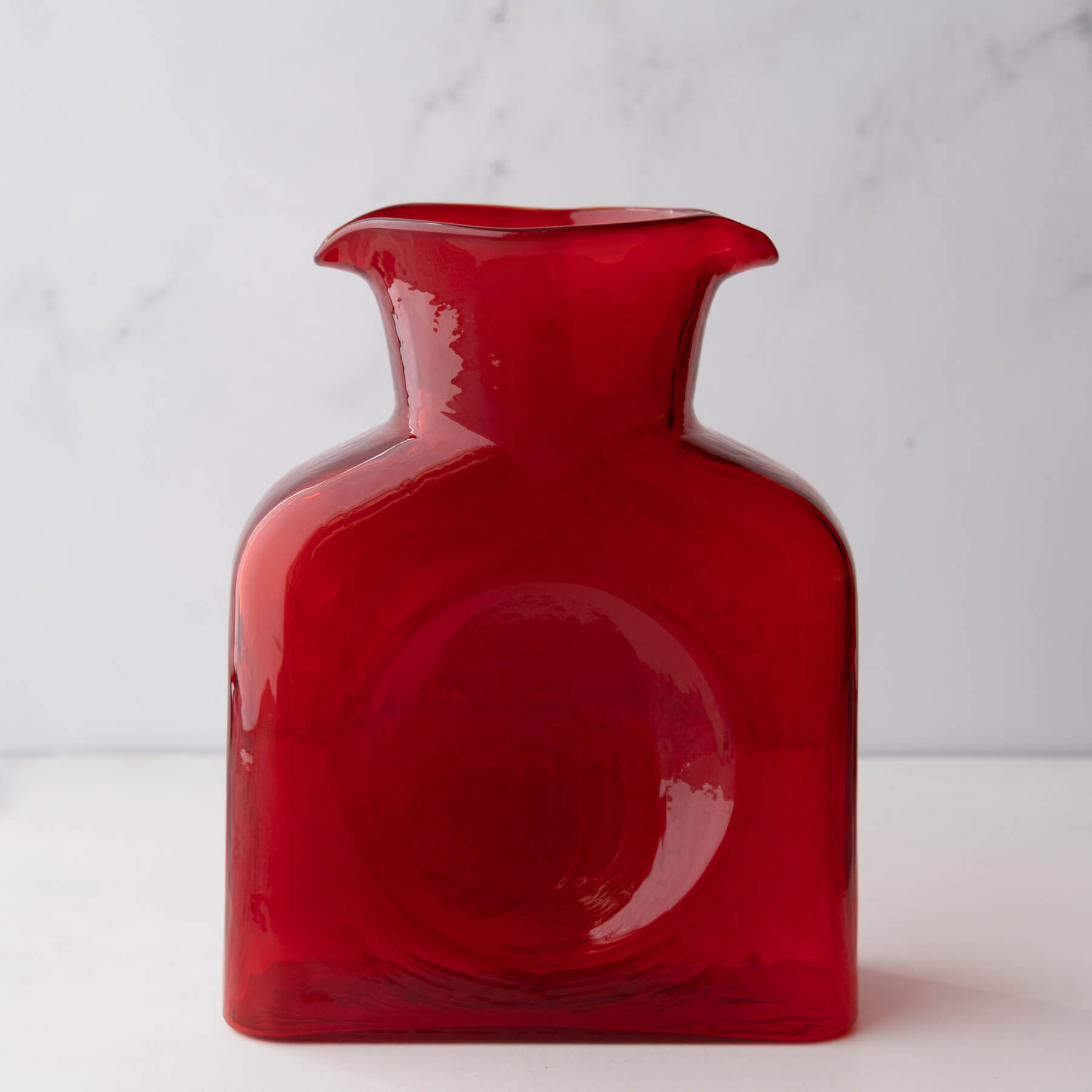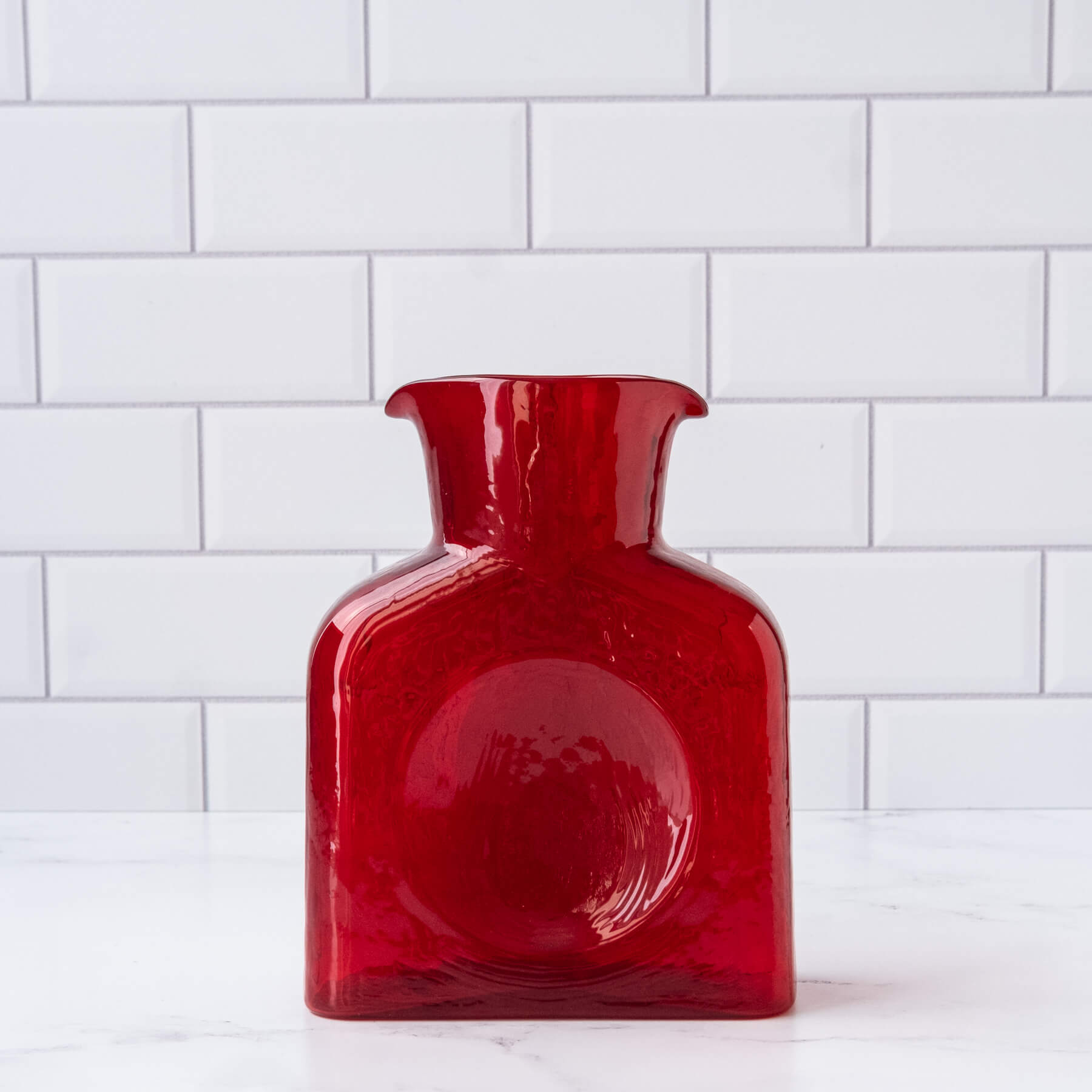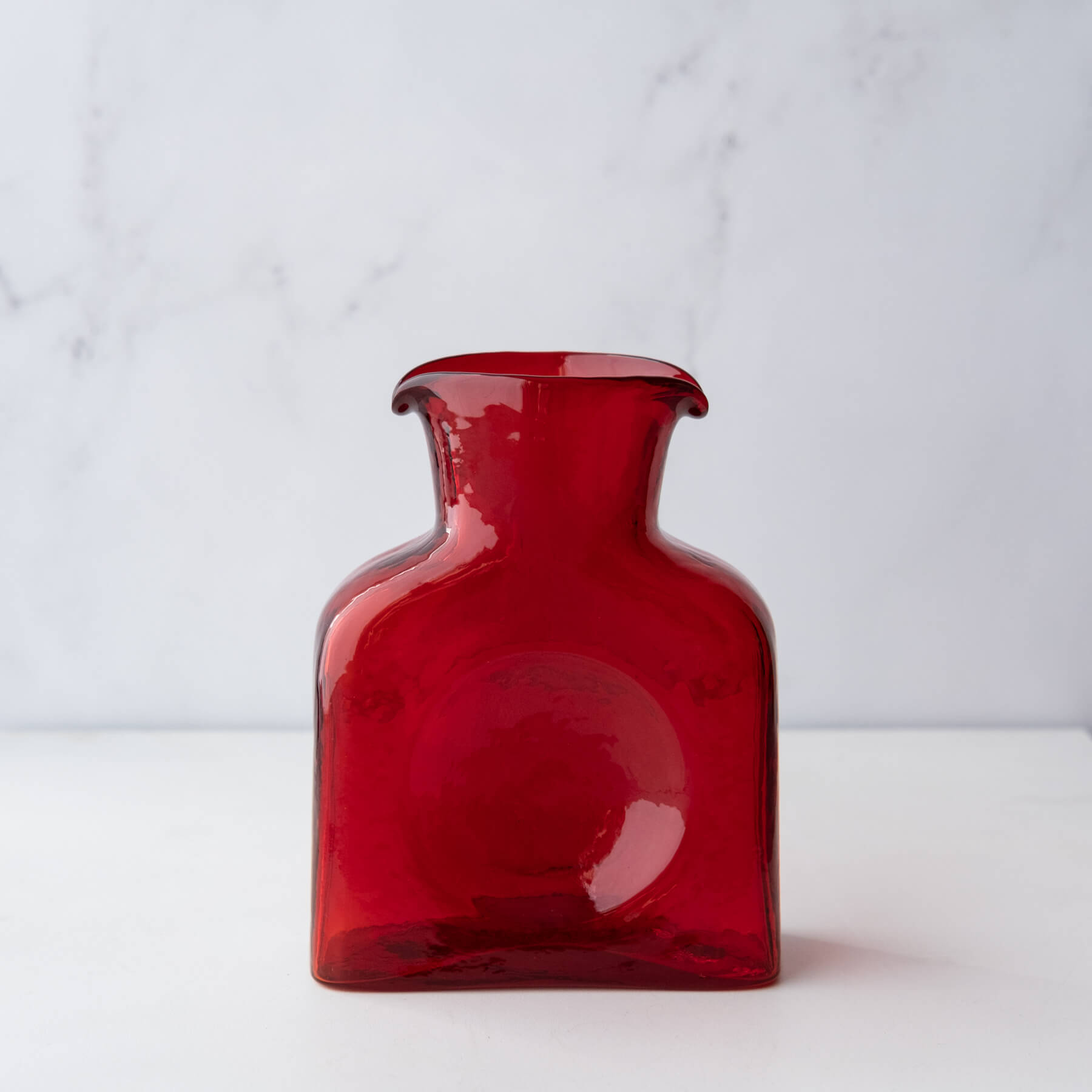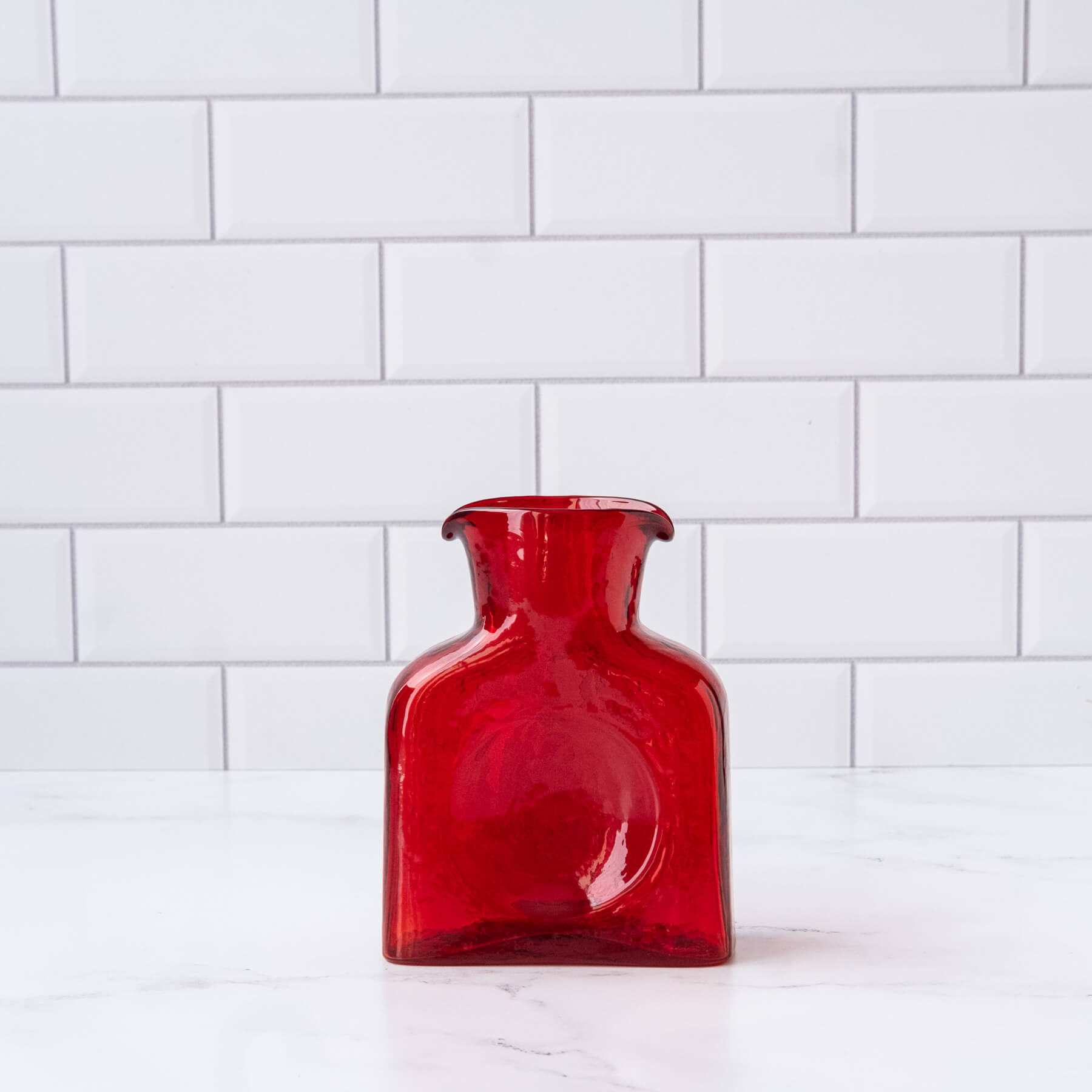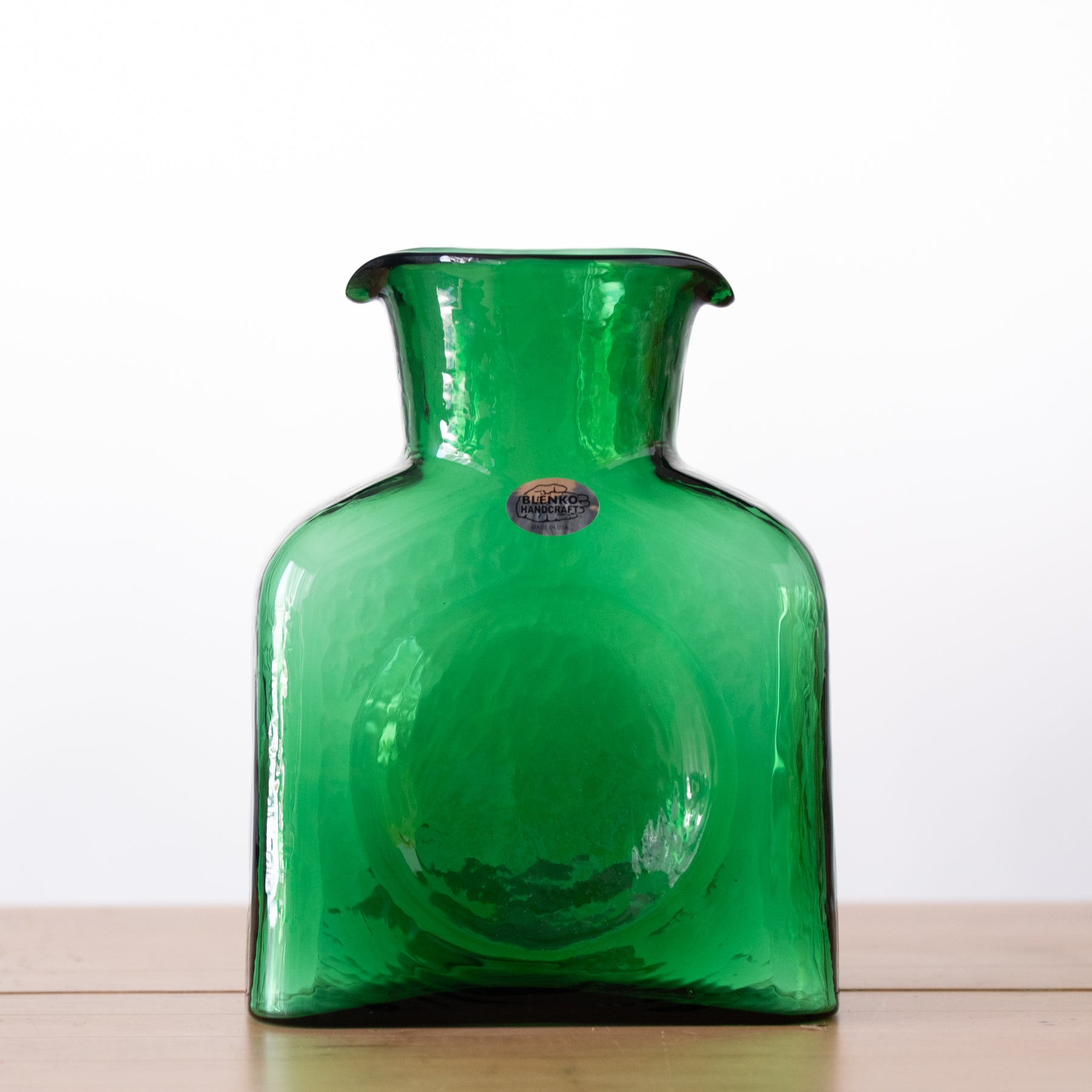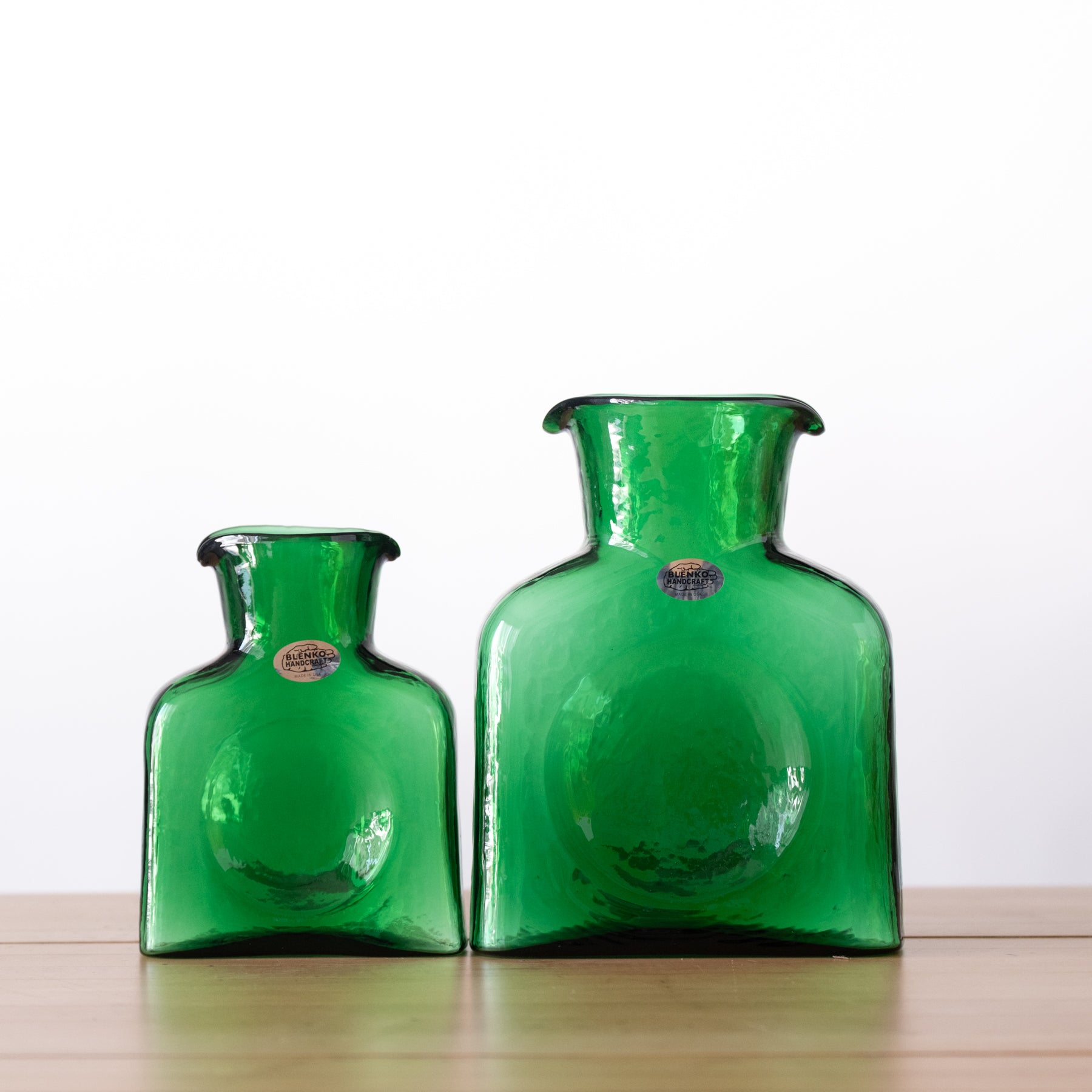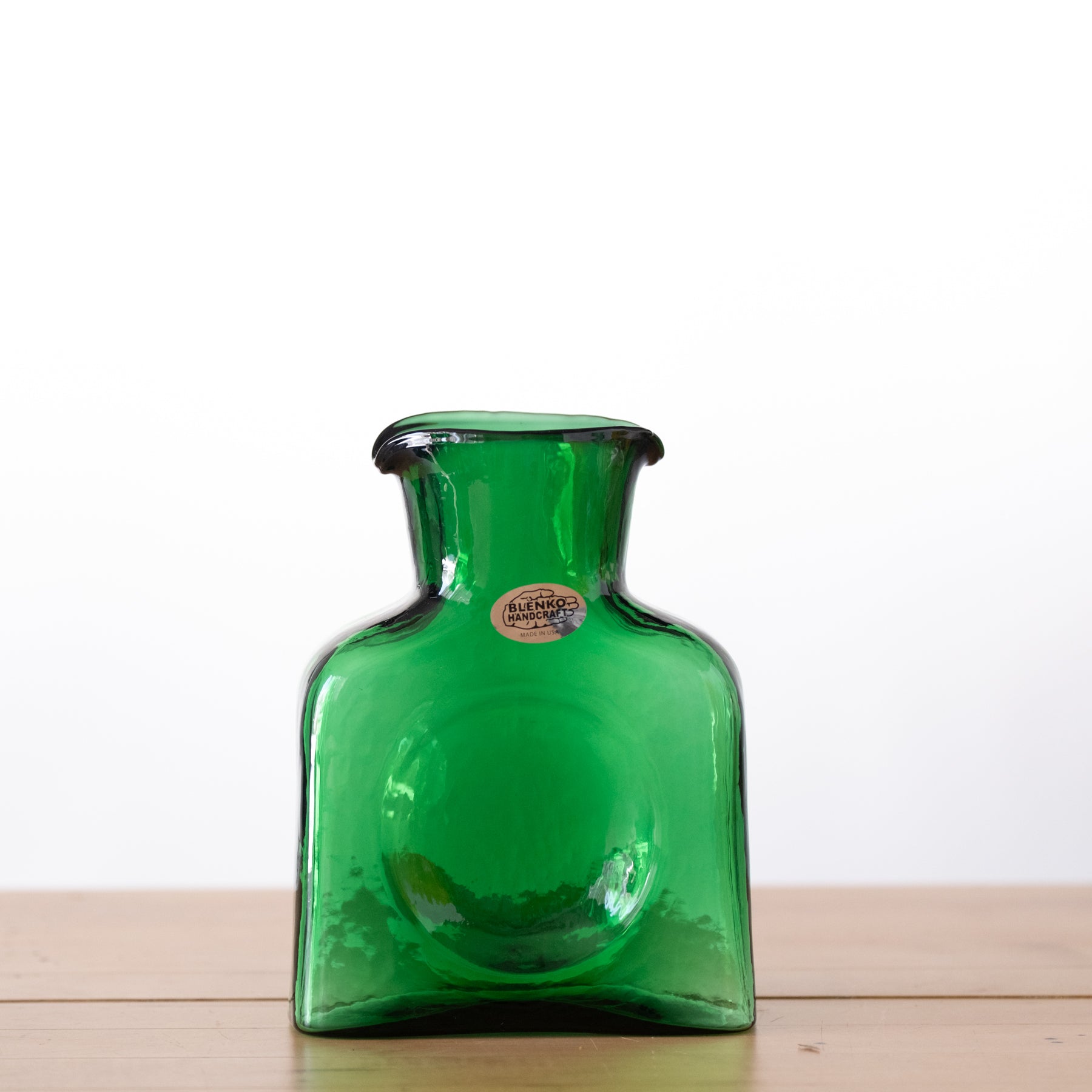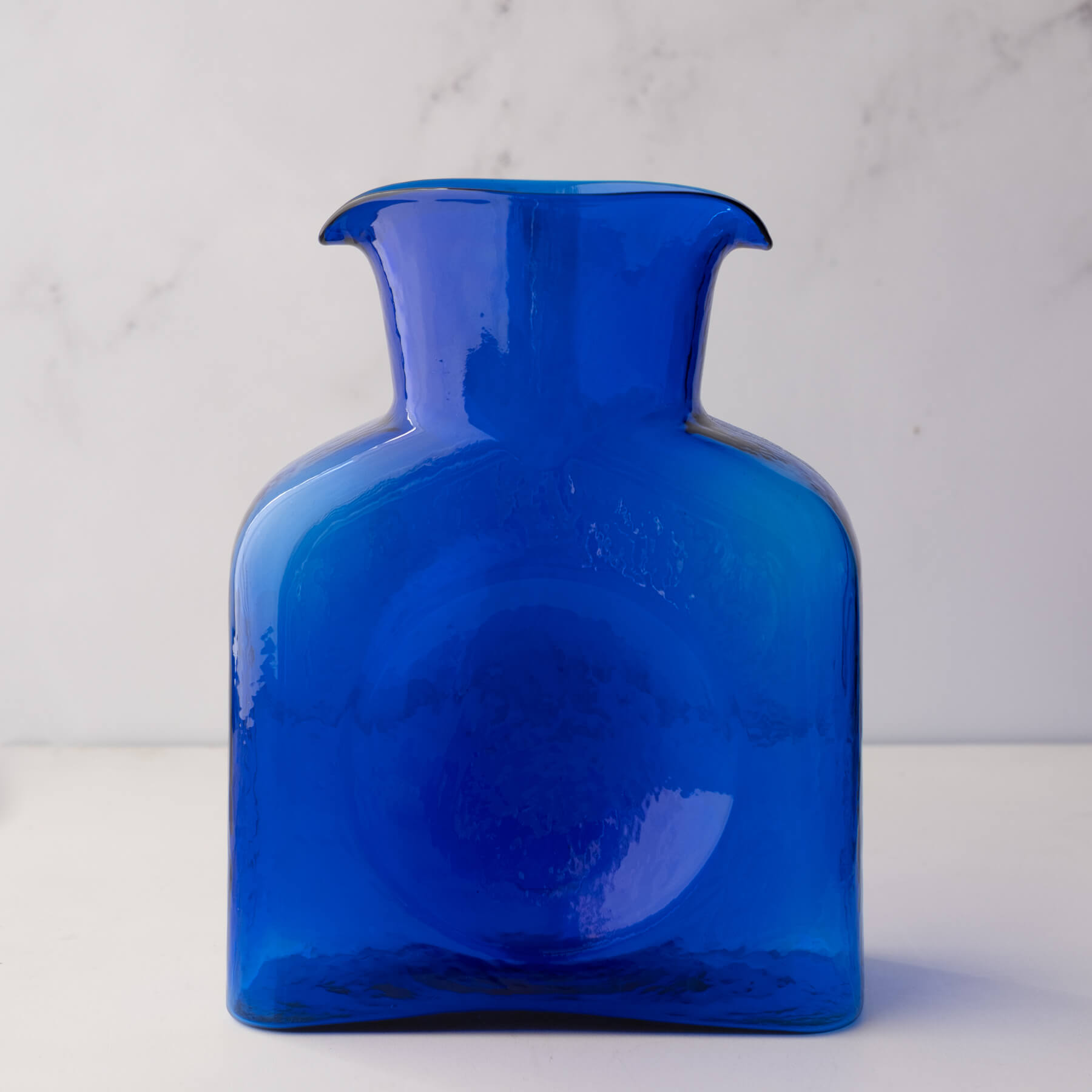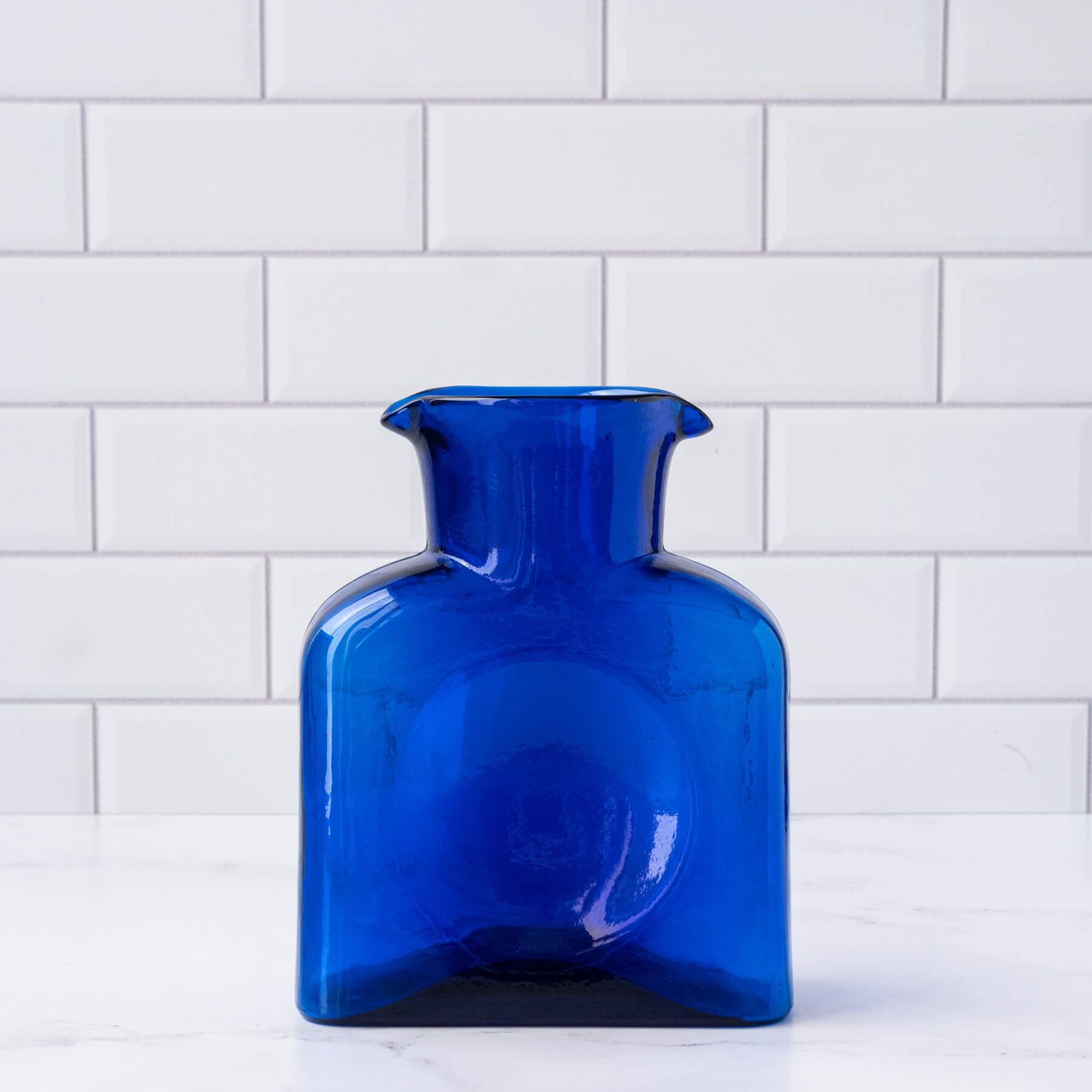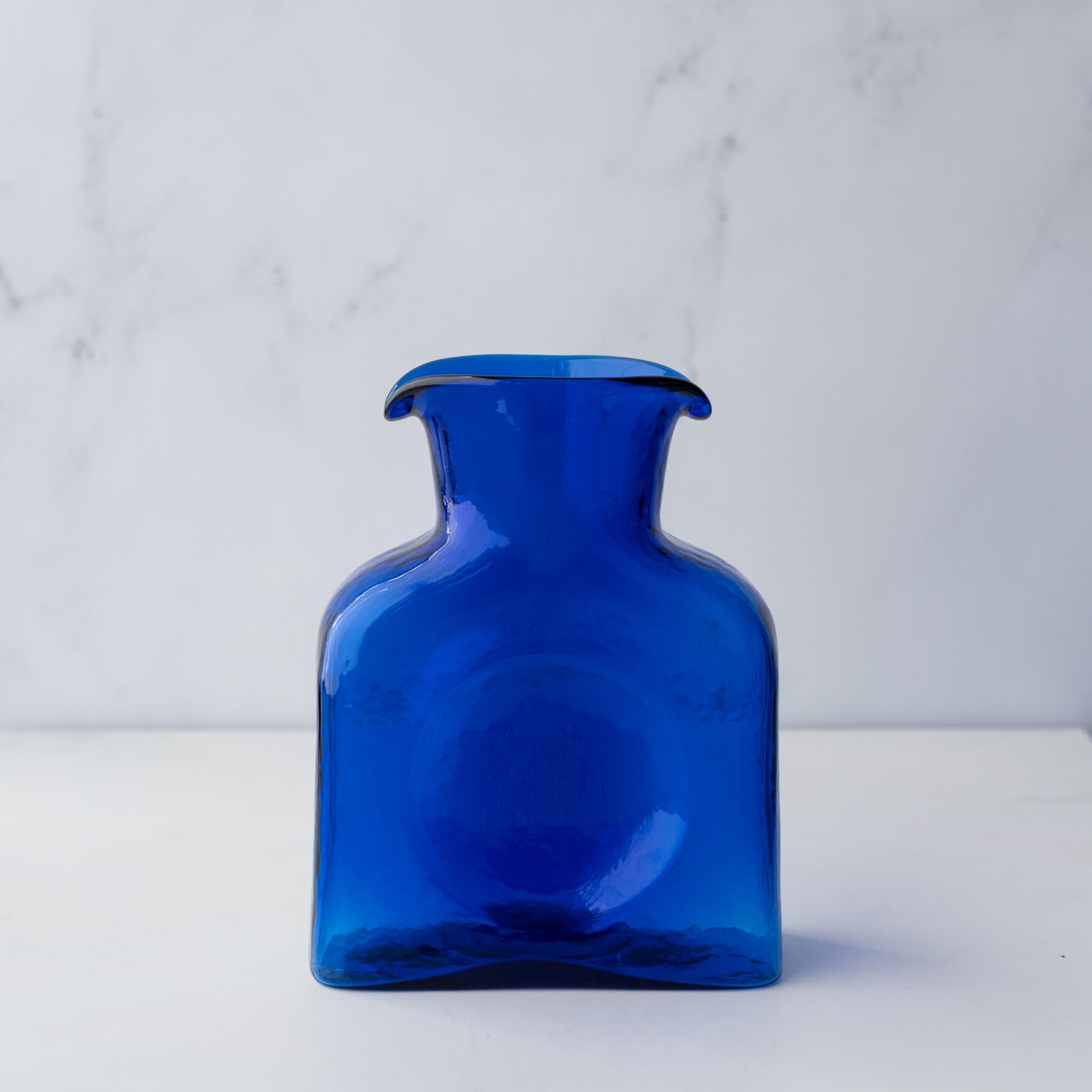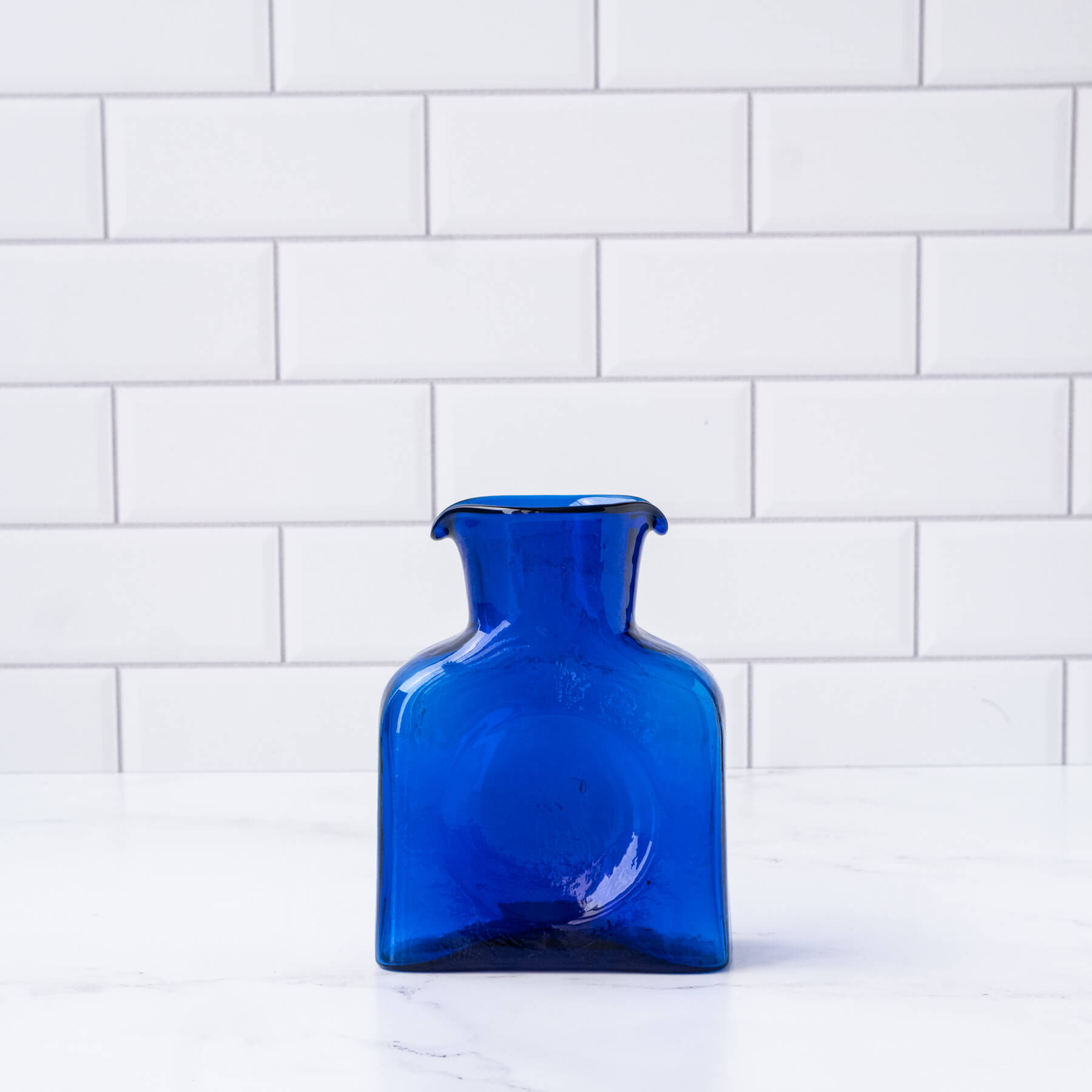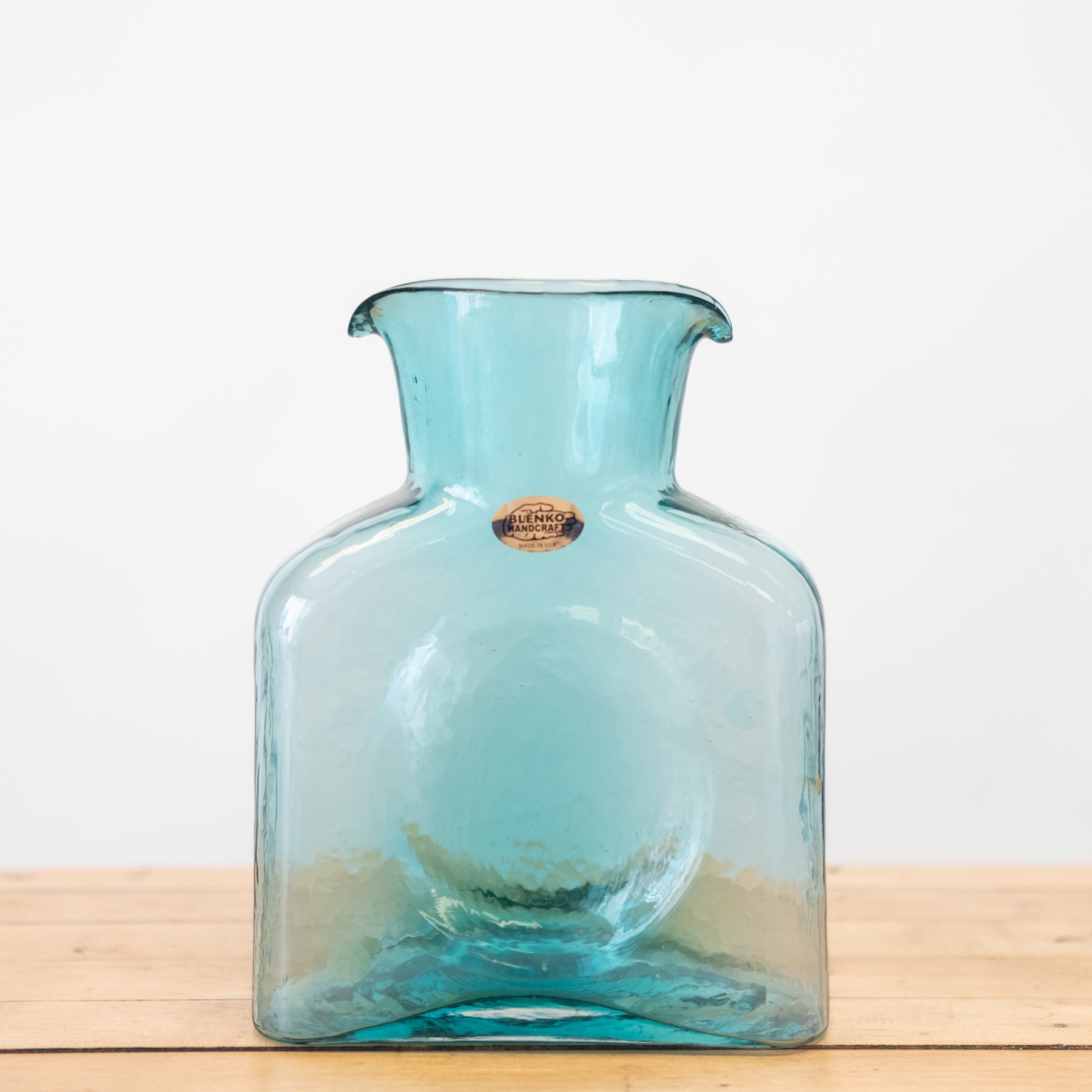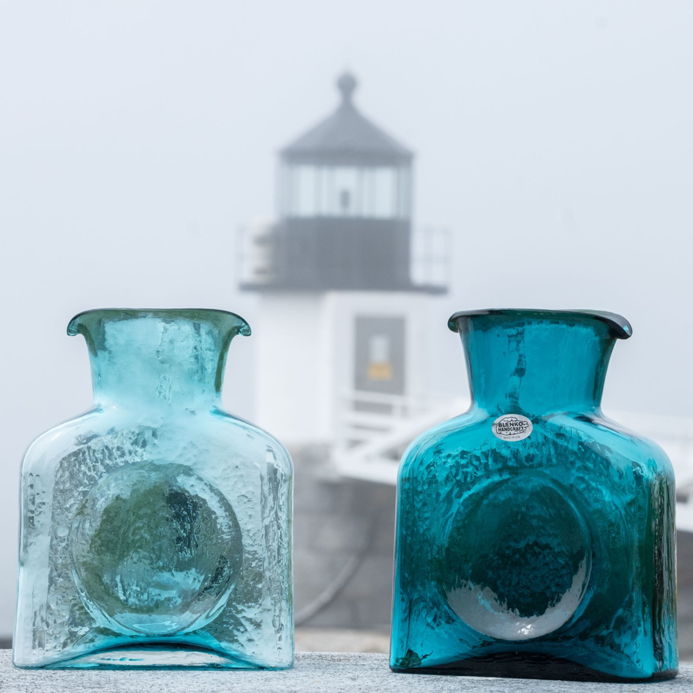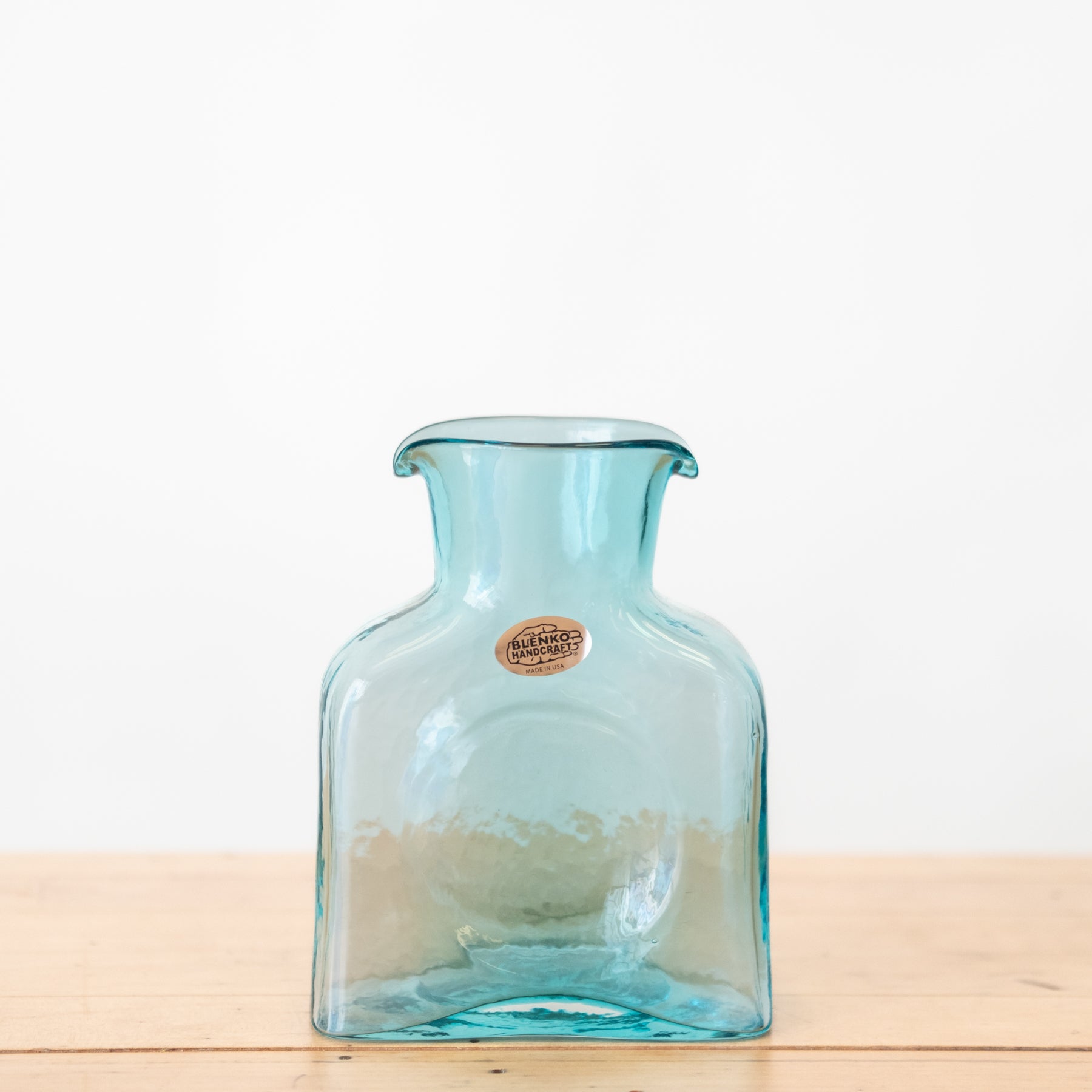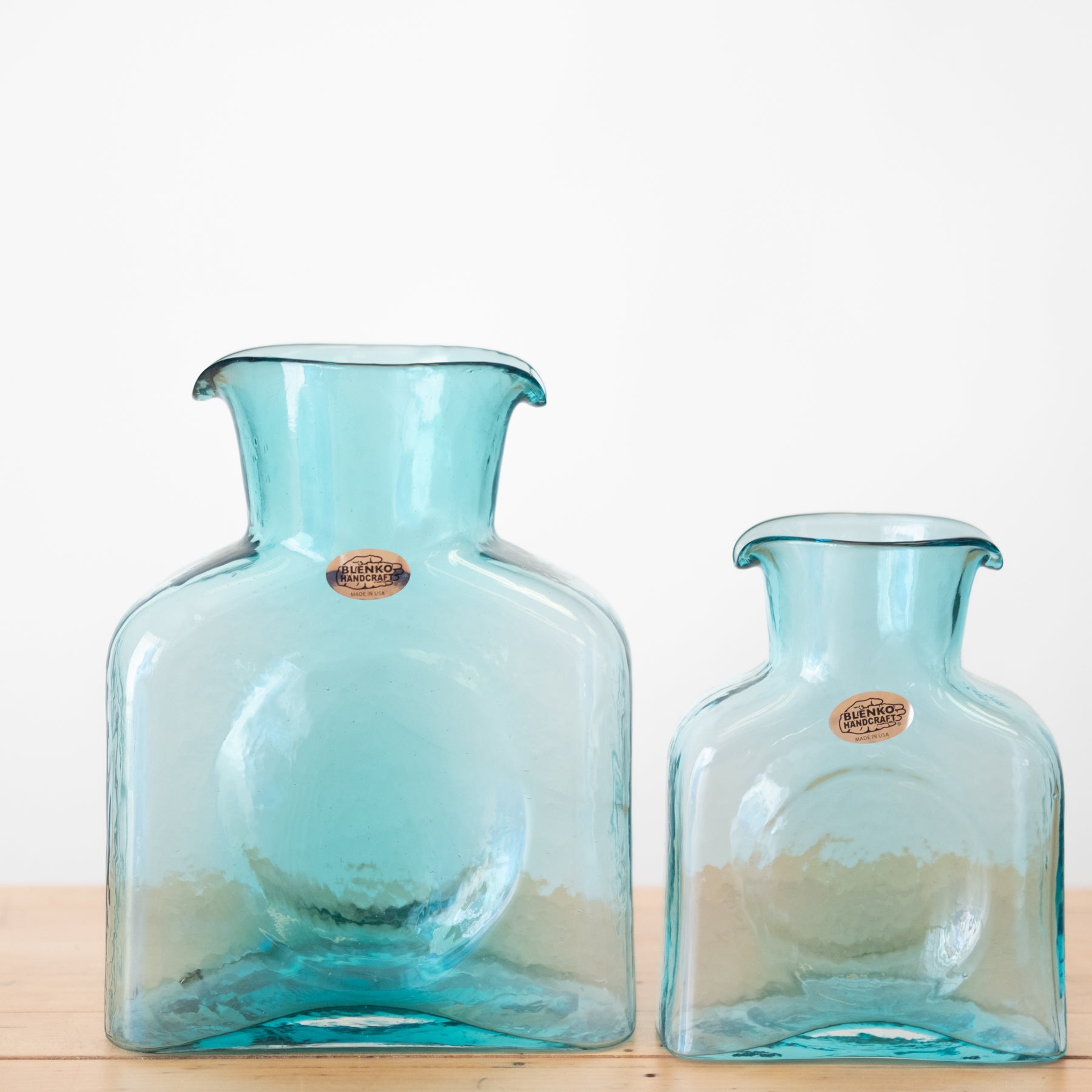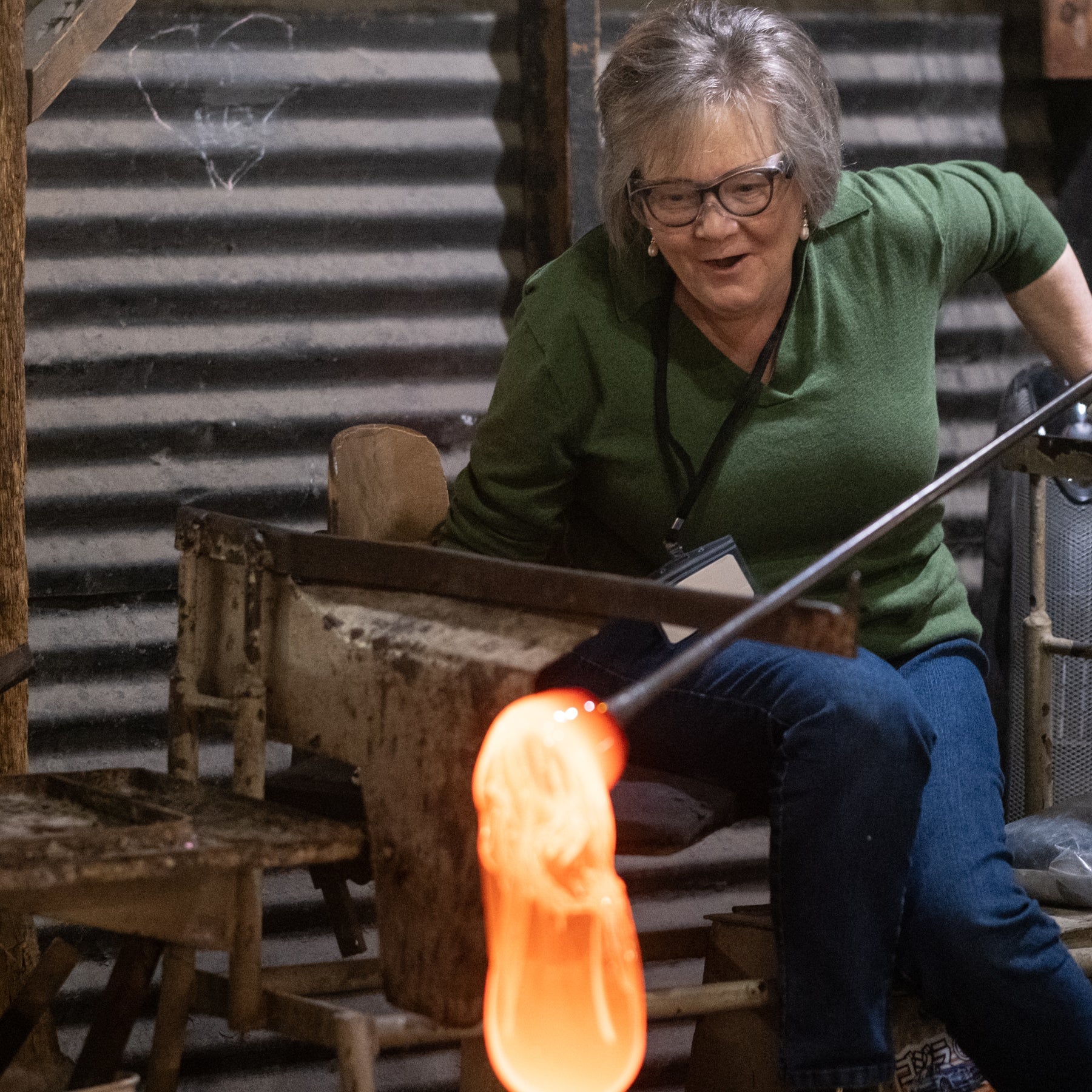
Why We Still Make It by Hand (And Why That Matters)
There’s a rhythm to the factory floor you don’t notice right away. At first, it sounds like chaos—heat roaring, steel clanking, voices calling across furnaces. But if you stay long enough, you’ll start to hear the pattern in it. The whoosh of a gather, the slow spin of a blowpipe, the tap of a wooden paddle shaping glass that’s just barely holding together. It's not automation. It’s not efficiency. It’s people.
We still make every piece by hand because glass, when it’s hot, won’t be rushed or reasoned with. Machines might be able to pour it into molds, make it uniform, predictable. But uniform isn’t what we’re after. At Blenko, the glass gets a say in the final form. And you can’t automate listening.
Some days the glass moves easy—stretching smooth, taking shape like it already knew where it wanted to go. Other days, it’s stubborn. It twists, collapses, bubbles in places you didn’t ask for. And that’s the part we love. Because when someone holds a Blenko piece in their hands, they’re not just holding a thing. They’re holding a negotiation. A moment where someone stood near a 2,000-degree furnace, tried something, and adjusted when it didn’t quite work.
It’s tempting, of course, to let the machines take over. They don’t need breaks. They don’t sweat through their shirts in July. They don’t drop a piece after twenty careful minutes of shaping. But they also don’t see the color shift in real time. They don’t notice the way cobalt pools heavier at the base than at the rim. They don’t pause mid-spin to say, “Let’s try a thicker neck on the next one.”
Making by hand means accepting that no two pieces will ever be exactly alike. It also means accepting that they’ll each carry something a little more human. A wobble in the lip, a faint ghost of a tool mark, a ripple where light bends slightly off course. Some might call that imperfection. We call it evidence.
It matters because it slows us down. In a world of copy-paste design and throwaway goods, handmade glass insists on being paid attention to. It matters because it teaches. Every apprentice who burns their fingertips trying to turn too soon learns patience the old-fashioned way. Every master gaffer still learns something new when the glass doesn’t behave.
It matters because people can feel the difference. You don’t need to be an artist to know when something was made with care. You just need to pick it up. Turn it in your hands. Let it catch the light.
We still make it by hand because that’s how you make something worth keeping.



